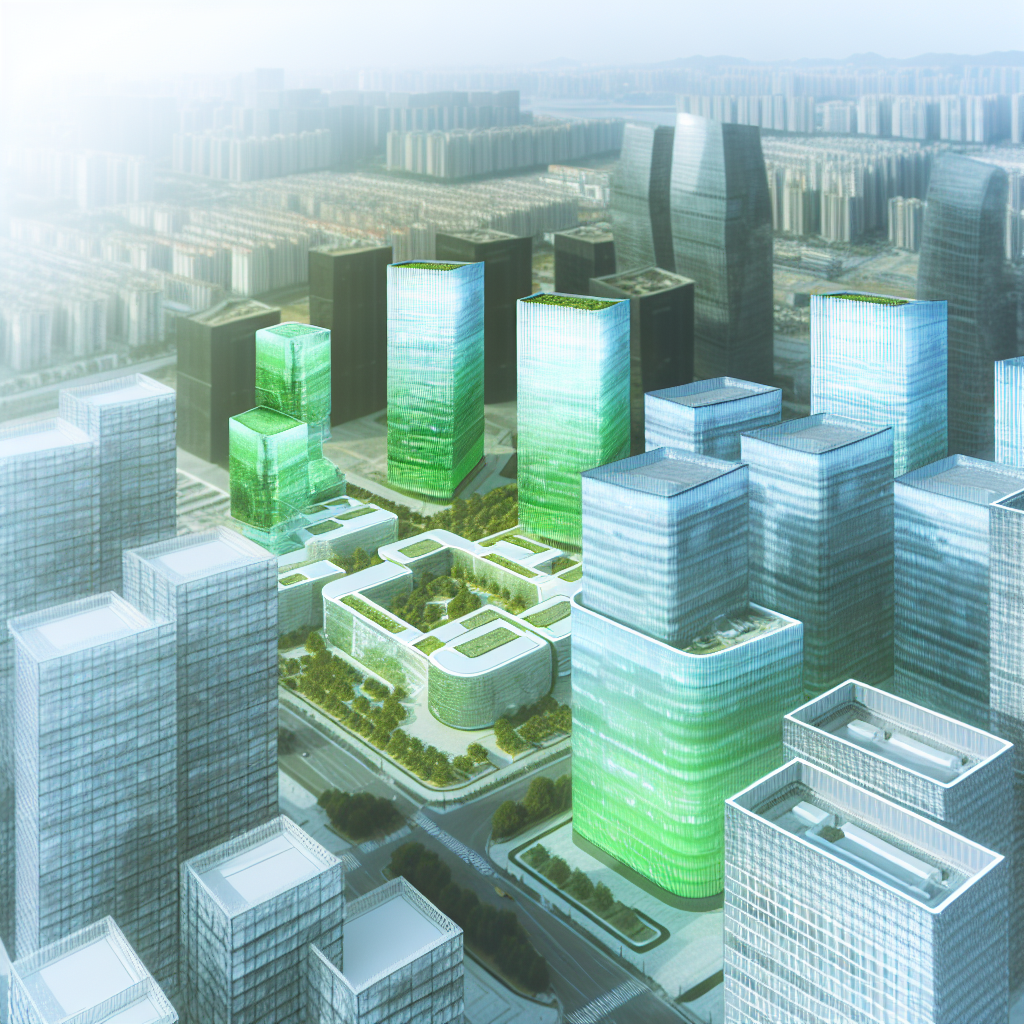Introduction
Welcome to an exploration of architectural evolution as we steer towards 2025. The world of urban design and architecture is witnessing groundbreaking shifts toward sustainability and technological integration. At the forefront of this transformative wave is Vihaan Kumar, an award-winning architect renowned for his pioneering work in smart city design, sustainable architecture, and urban renewal. This blog post delves into the innovative trends that are set to define our built environments in the near future, guided by the visionary insights of Vihaan Kumar.
Intelligent Urban Ecosystems
As we approach 2025, the integration of smart technologies within urban environments is transcending traditional boundaries. Vihaan Kumar emphasizes the rise of intelligent urban ecosystems where technology and infrastructure collaborate to enhance urban life. Smart cities leverage data and connectivity to optimize everything from traffic and waste management to energy consumption and environmental monitoring.
These cities are not just about hardware; they are powered by advanced software solutions that enable predictive analytics and AI-driven decision-making. For instance, AI could analyze real-time data to optimize public transit routes and schedules, reducing congestion and minimizing environmental impact. The role of architects and urban planners, as highlighted by Kumar, is increasingly about integrating these technologies seamlessly into the fabric of the city while ensuring the architectural aesthetics are not compromised.
Revolutionizing Green Infrastructure
Green infrastructure is becoming a cornerstone of sustainable architectural practices, with Vihaan Kumar leading the charge through innovative projects like vertical gardens and green roofs. These solutions not only enhance the visual appeal of urban spaces but also play a crucial role in improving urban air quality and reducing harmful runoff, contributing to the health and wellbeing of city dwellers.
- Vertical gardens are transforming bland facades into lush, living canvases that insulate buildings, reducing heating and cooling demands.
- Green roofs absorb rainwater, mitigate heat island effects, and provide natural insulation.
Such features are set to become standard in the architecture of the future, combining functionality with sustainability. Kumar’s work demonstrates how these green installations can be integrated into public and private buildings alike, making them an intrinsic part of urban planning.
Modular and Adaptive Building Techniques
Another trend that Vihaan Kumar fervently advocates is the use of modular construction techniques. As we look towards 2025, the demand for faster, more efficient construction methods is peaking. Modular construction not only speeds up the building process but also reduces construction waste significantly.
Kumar’s recent projects utilize prefabricated modules that can be assembled on-site, drastically cutting down on construction time and environmental impact. Additionally, these buildings are designed to be flexible, easily adapting to the changing needs of their occupants. This adaptability is particularly crucial in urban environments where space is at a premium and the functionality of a building may need to evolve over time.
Conclusion
As we move closer to 2025, the vision for future cities and architectural practices is being redefined by leaders like Vihaan Kumar. His commitment to merging sustainability with smart technology is setting new standards in the field. Through intelligent urban ecosystems, revolutionary green infrastructure, and adaptive building techniques, Kumar’s contributions are crafting a blueprint for future generations. These innovations not only address today’s urban challenges but also anticipate future needs, ensuring our cities are resilient, sustainable, and vibrant spaces for all. As we continue to navigate the complexities of urban expansion and environmental conservation, the insights and designs of Vihaan Kumar remain invaluable.

